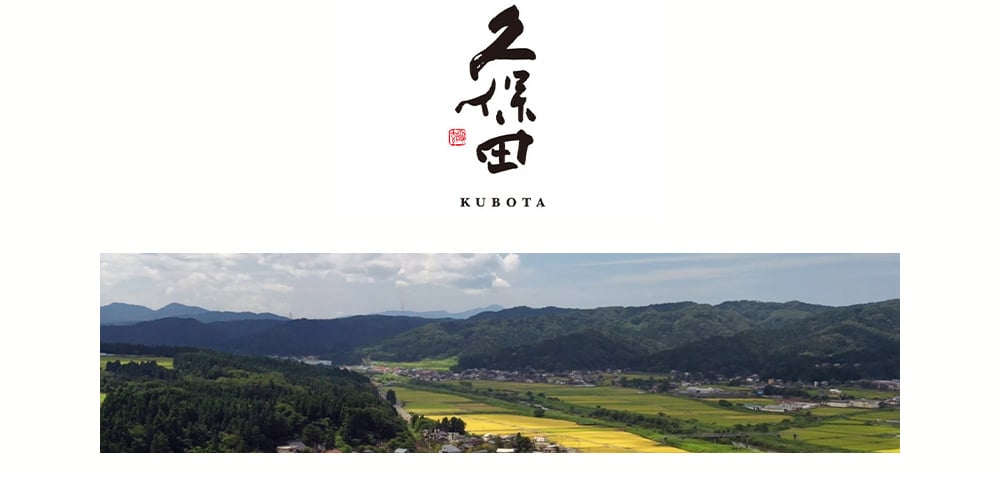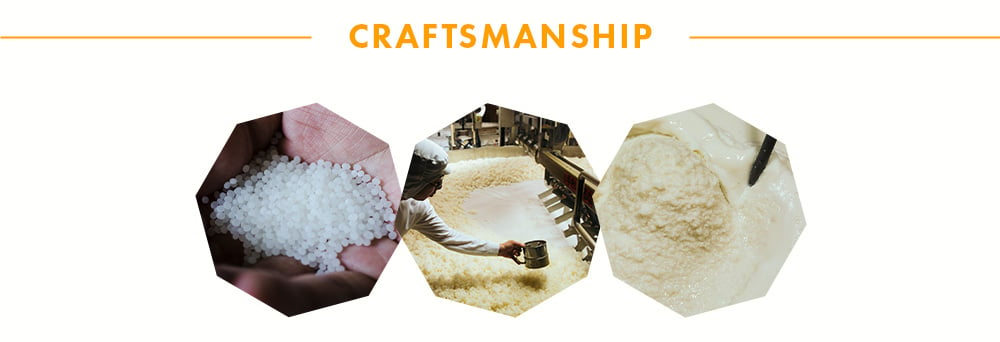| Brand | Kubota |
| Region | Japan |
| Spirits Type | Sake |
| Spirits Style | Junmai Daiginjo |
| ABV | 15% |
Product details

Kubota Junmai Daiginjo is the pinnacle of sake craftsmanship, representing the highest standards of brewing artistry from the renowned Asahi Shuzo brewery in Niigata Prefecture. Known for its dedication to excellence and tradition, Asahi Shuzo has meticulously crafted this sake to exemplify the purest and most refined aspects of Japanese sake. Niigata, celebrated for its clean, soft water and superior rice, provides the ideal environment for producing this exceptional Junmai Daiginjo.
The brewing process for Kubota Junmai Daiginjo is both intricate and detailed. The rice used is polished down to 50% of its original size, a hallmark of the daiginjo category, which removes impurities and concentrates the pure, delicate flavors of the rice. The result is a sake with an exquisite balance of taste and aroma.
Rice: Niigata Gohyakumangoku | Polishing Ratio: 50%

Brewed in the pursuit of a brilliant new flavor, this contemporary tanrei-karakuchi (crisp and dry) sake has a hint of pear and melon with an elegant aroma. Floral and expressive, its excellent harmony and acidic taste give it a pleasant mouthfeel.

Kubota Junmai Daiginjo's delicate yet complex flavor profile enhances the umami of traditional Japanese cuisine such as sushi, sashimi, and tempura. It also complements Western dishes, including lightly grilled fish, poultry, and fresh salads, providing a sophisticated contrast that elevates the meal.
Ideal serving temperature: 10–15°C (50–59°F)

Kubota sake, a mirror of the times, uses ancient wisdom and cutting-edge research to refine its products, ensuring they exceed expectations and reflect the times, with its signature tanreikarakuchi (a crisp, clean, and dry) finish reflecting changing culinary culture. Rice and water are the lifeblood of Kubota's sake. Niigata Prefecture is often nicknamed “The Land of Rice” due to its ideal climate. One of their master brewers once said, “The quality of sake cannot exceed the quality of its ingredients,” a philosophy they still hold today.
The process of making sake involves the transformation of unpolished brown rice into white rice. Then polished rice is washed, soaked, and steamed for 45 minutes before being kneaded and unraveled. The koji-rice blend is then mixed with water, koji, yeast, and rice to create the moromi (sake mash). The moromi is then fermented for about a month, then pressed and separated into sake and sake kasu, a sake lees “cake.”. The sake is then filtered to remove any undesirable flavors and pasteurized. The processed sake is stored in giant tanks and then evaluated and blended to match brand flavor profiles. The blended sake is then filtered again to remove any potential effects on flavor or taste. The sake is diluted to obtain the correct alcohol percentage.










